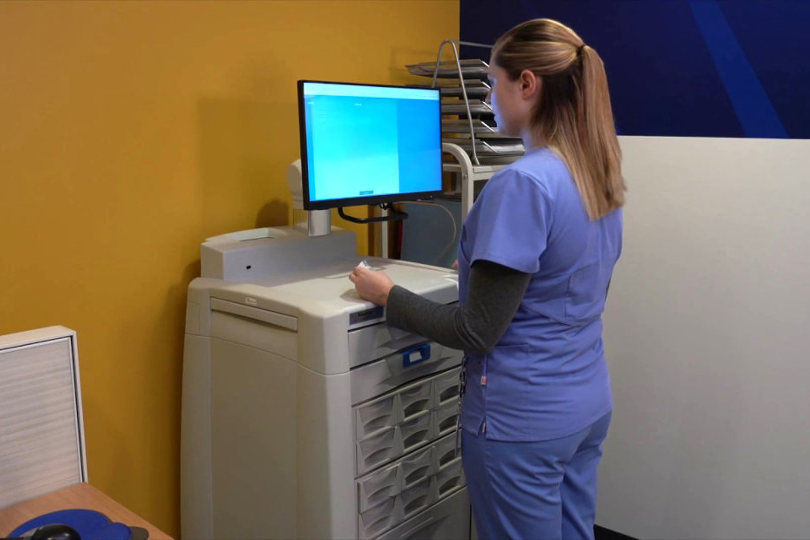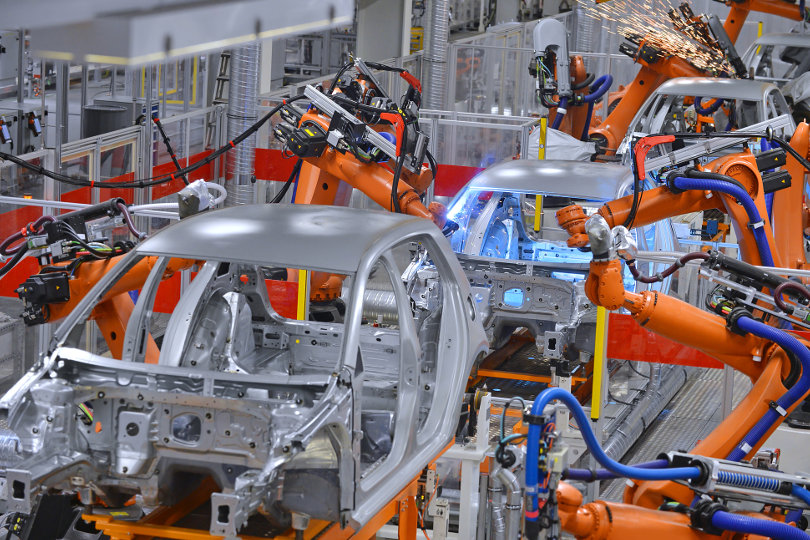The growth rate of electronic sectors depends upon consumer requirement, advancement in technology, and electric utilities. Moreover, with the rise in smartphones, voice recognition, virtual reality and artificial reality, the electronic sector is full of scope. The predicted compound annual growth rate for electronic components will be 4.8% from 2020 to 2025.

Consumers are the most significant factor when it comes to electronic growth. They inspire the research, development, and upgrade of the electronics sector in every department. The electronic devices and new innovative technologies result from demand and the growing needs of the population.
These may include software, apps, healthcare, AI, and robotics. More and more people are investing in personalised healthcare, smart appliances, and advanced tools to make their lives easier. As a result, the manufacturing companies are spending a considerable part of their budget on the electronics sector. Let’s take a look at the emerging electronic sectors that are on the rise.

Medical Technology
People are fascinated with the advancement of electronic bands and rings to monitor their health. In today’s time, when Covid-19 has affected healthcare needs, people are looking for ways to monitor their health conveniently. Moreover, healthcare facilities and Medtech companies are looking forward to better long-term changes.
Covid-19 has shown the limitations in the healthcare department and areas where we lack in providing critical patient care. Besides, the pandemic may change the face of medicine and Medtech with the social distancing norms and managing supplies. This can be monitored with advanced apps, gadgets and robotics.
The research and development of any new project will keep in mind the necessities of fighting a pandemic. This promotes reassessing everything in the picture to ensure the medical technology is advanced enough to provide healthcare in such testing times.
One of the most promising areas in MedTech is telehealth that maintains social distancing. This includes applications that help diagnose patients, provide prescription medicines, and run labs with minimal possible contact. The pandemic has put many things in perspective to change the business models and innovate, keeping the needs in mind.
It has increased the need for remote care for chronic as well as infectious diseases. Besides physical health, people also need management for their mental and emotional health. They need technology to monitor stress and help them cope in healthy ways. Another area of challenging innovation is the personal protection gear and ventilators that are safe and long-lasting. This is the time to innovate and redesign to work through the crisis.

Embedded Systems
The need for microelectronics and embedded systems is on the rise. It has several applications, including a GPS, medical devices, microwave oven and more. The semiconductor industry is thriving with the arising opportunities to create more dynamic technology. As per the electric design components, the embedded systems rely on semiconductors to transmit electricity at high speed.
These small silicon chips work better than insulators to conduct electricity; therefore, they are ideal for medical equipment. The industry may choose from four types of conductors: memory, microprocessors, interpreted circuit, and complex SOC. All the companies are looking for a compact, faster, and affordable solutions to make their work easier.
Moreover, the price of a product or the semiconductor system will depend on the use and demand. With new designs, the cost of production may be reduced by integrating more transistors on the chip. This will ensure faster amplification of signals and energy conversion. For this, the industry needs embedded system engineers.
The embedded system technologies require professional engineers to design, test and maintain the new technologies. They should be proficient in PCBs, debugging, assembly, signal analysis and assembling the integrated components. Besides, the innovative technical models require the knowledge of C and all the components of the hardware.
The rapid need for UK qualified embedded software engineers jobs, engineers that focis on an all-rounder knowledge of software and hardware to ensure the microelectronics are reliable. Along with innovation, these products require deep research and development budgets. So, the technology has to be promising before a company dive into it.

Manufacturing and Robotics Industry
The robotics industry is the face of the future for many reasons. It prevents humans from doing repetitive and dangerous activities. Besides, it is more precise in comparison to something that a human may do. The robotic equipment can assemble something as small as 0.02mm with precision. It can also work with heavy weighing machinery in conditions that may not be favourable to humans.
They can work in high temperatures and for longer hours. Therefore, the robot industry is essential for device manufacturers such as computers, gadgets, and medical devices. Now, the robots in manufacturing do not imply there will be fewer jobs for humans. The industry is creating more advanced positions such as management, engineering, programming, and maintenance.
Other applications of robotics in manufacturing include decreasing the cycle time, manipulating the components, and preventing damages to the fragile components. They are highly adaptive and intuitive to eliminate any inconsistencies from the production. Hence, this helps in increasing productivity for many electronic manufacturing companies.
Many jobs in the robotics industry are skill-based and focus on efficiency. Most of the manufacturing units work with fully automated robots. Some may use semi-automatic robots to ensure a reduction in human error. The company may need a robotics specialist to monitor, assess, and maintain the machinery so that the robots stay durable.
Besides, the use of robotics in manufacturing ensures that the employees are focusing on more innovative ideas and experimenting with technologies. The companies may look for recruitment specialist in controls and automation, control systems, system design, SCADA, PLC and use robot process automation during recruitment.
Final Words
The growth of the electronic sector is in proportion to today’s demands and the advancement in the available technology. There are multiple industries that may benefit from the development in the robotics world, including embedded systems, medical and manufacturing industries.
The initial cost of the production and innovation may be high; however, the growth in manufacturing and competition will ensure it is within reach. Besides, companies are invested in finding innovative solutions to promote growth.




